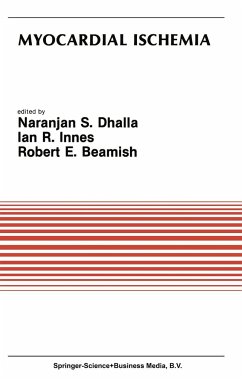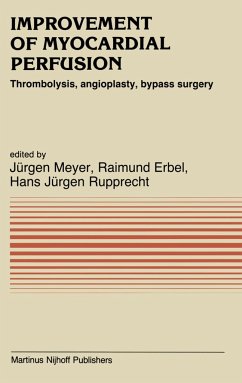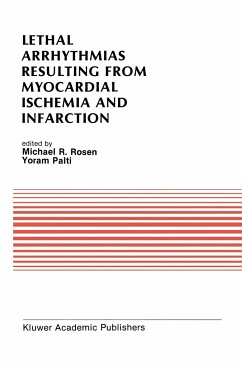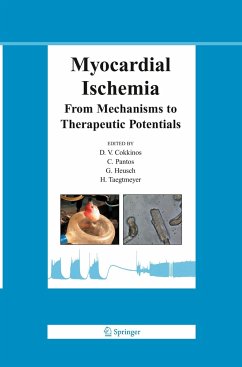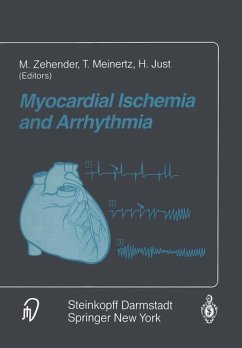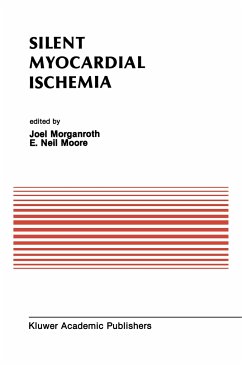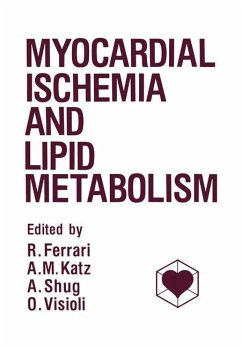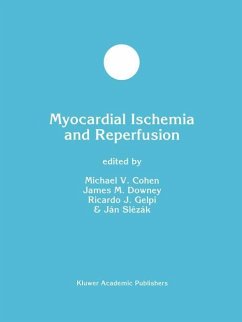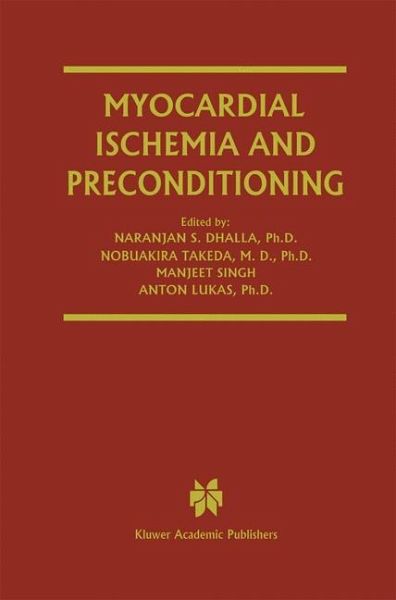
Myocardial Ischemia and Preconditioning

PAYBACK Punkte
77 °P sammeln!
Current evidence suggests that the ischemic preconditioning response is a multi-factorial process consisting of an initial early trigger, an intermediate mediator, and an end effector. Each of these steps in is now its own intense area of investigation. The need to render the heart ischemic for a brief period to invoke the preconditioning response is currently the major factor limiting clinical application of this powerful cardioprotective strategy. Recent research efforts have utilized brief exposures to pharmacological agents, in lieu of a brief preconditioning ischemia, to trigger/mimic the...
Current evidence suggests that the ischemic preconditioning response is a multi-factorial process consisting of an initial early trigger, an intermediate mediator, and an end effector. Each of these steps in is now its own intense area of investigation. The need to render the heart ischemic for a brief period to invoke the preconditioning response is currently the major factor limiting clinical application of this powerful cardioprotective strategy. Recent research efforts have utilized brief exposures to pharmacological agents, in lieu of a brief preconditioning ischemia, to trigger/mimic the ischemic preconditioning-induced response. The World Heart Congress held in Winnipeg in July 2001 provided a forum for the presentation of new insights into the basic mechanisms of ischemia and reperfusion injury, as well as novel strategies to protect the heart from cell death, ventricular arrhythmias, and contractile dysfunction. Many pioneers in the fields of ischemia-reperfusion injury and preconditioning-induced protection presented there and the chapters in this book represent selected papers from these symposia.





